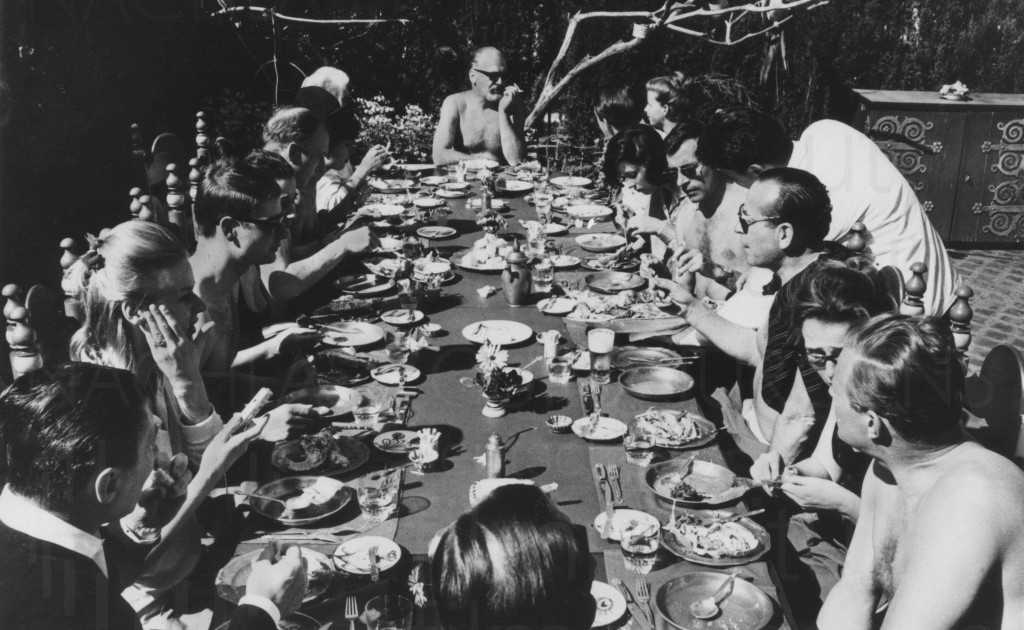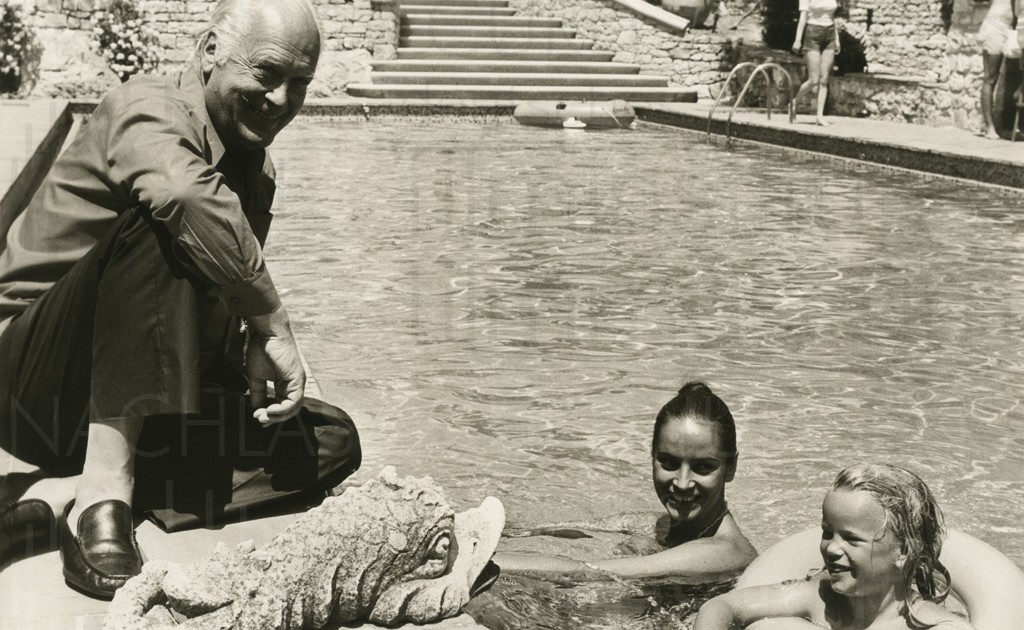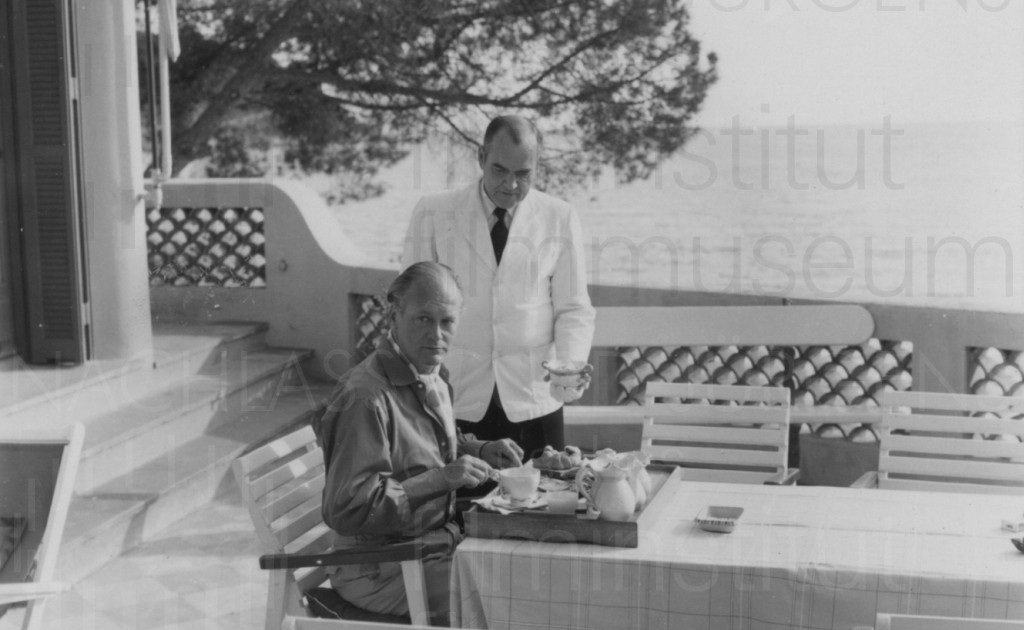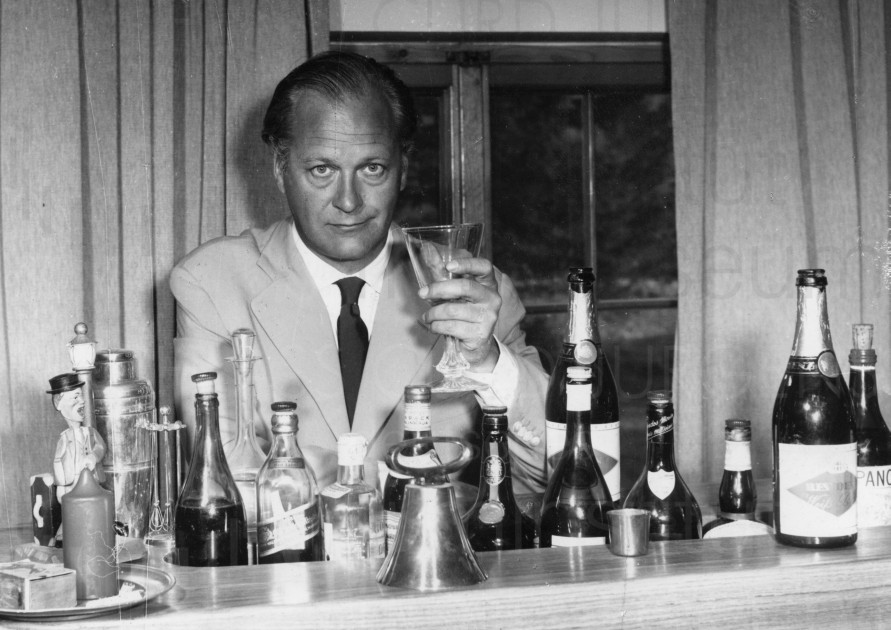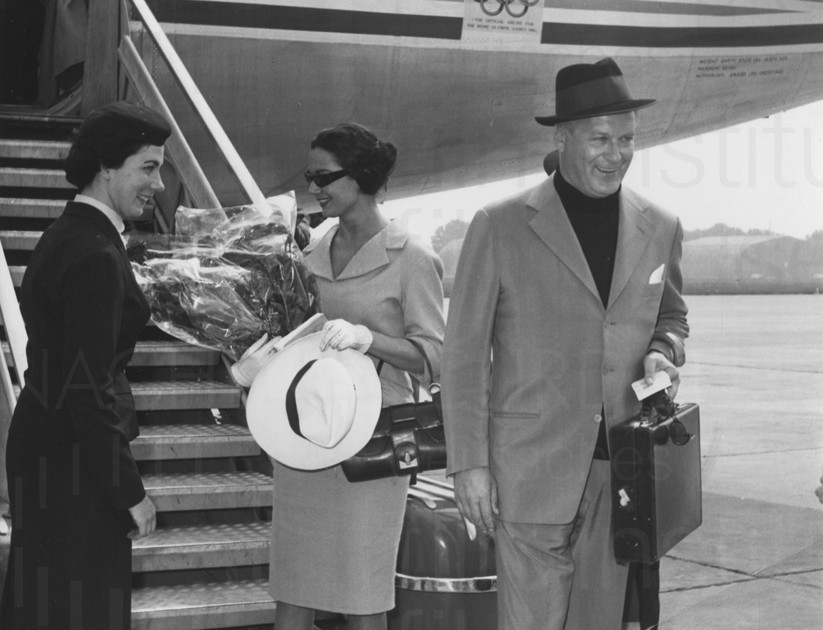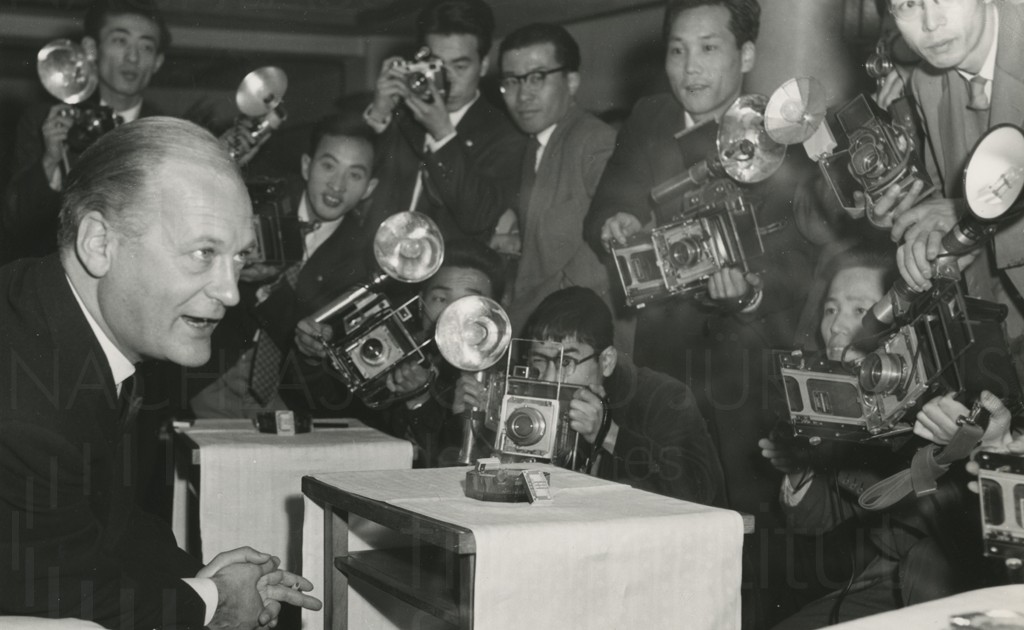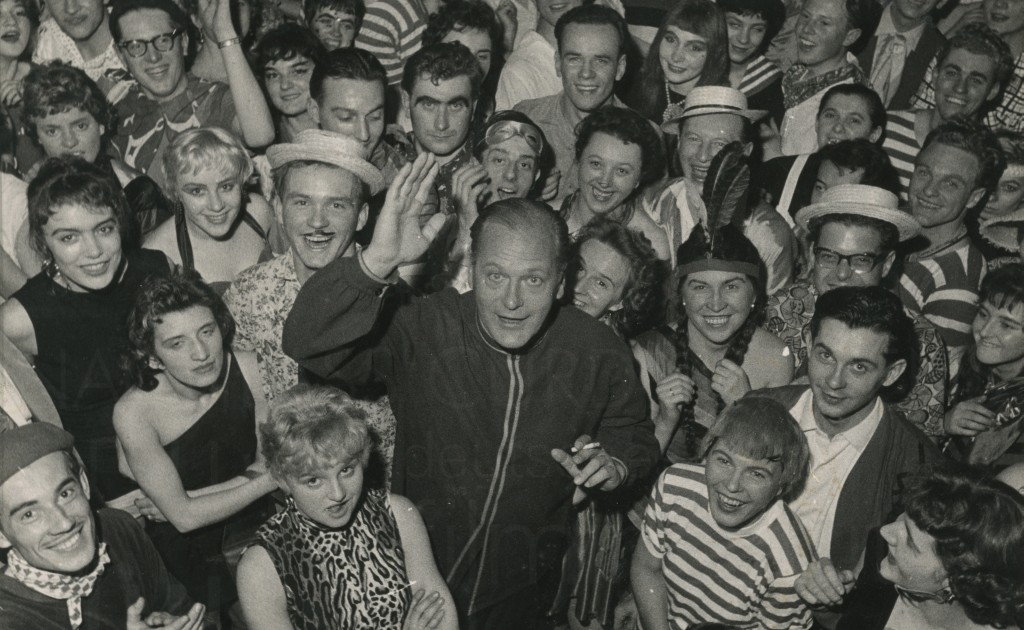Curd Jürgens – Der Nachlass
Das Deutsche Filminstitut / Deutsche Filmmuseum präsentiert den Nachlass Curd Jürgens als virtuelle Ausstellung
Curd Jürgens: Theater-, Film- und Fernsehschauspieler, Regisseur, Autor, Sänger – Lebemann und Weltstar. Er war nicht wie Marlene Dietrich, die, als wäre es möglich, die körperliche Vergänglichkeit zu verhindern und mit den Dingen zu überleben, akribisch alles von und über sich aufbewahrte. Im Gegensatz zu Romy Schneider besitzt Curd Jürgens keine aktive Fangemeinde, die jedwedes Erinnerungsstück sammelt und in wohlgehüteten Beständen konserviert. Der erhaltene Nachlass, der hier in einer virtuellen Ausstellung präsentiert wird, ist ein Fundus, dessen Zusammensetzung eher zufällig ist, und gerade das macht ihn so interessant. Die Fotos, Briefe und Skripte dienten Curd Jürgens der eigenen Erinnerung an private und berufliche Ereignisse. Auch wenn sich mehrere tausend Zeitungsausschnitte darin befinden, zielte die Sammlung nicht auf Vollständigkeit, dokumentiert sie nicht lückenlos sein Leben und seine Karriere. Was sie belegt sind die Dinge, die Curd Jürgens selbst für wichtig erachtete – seine Theaterarbeit, die eigenen realisierten und nicht realisierten Projekte und die Aufzeichnungen zu seiner Position als Künstler.


